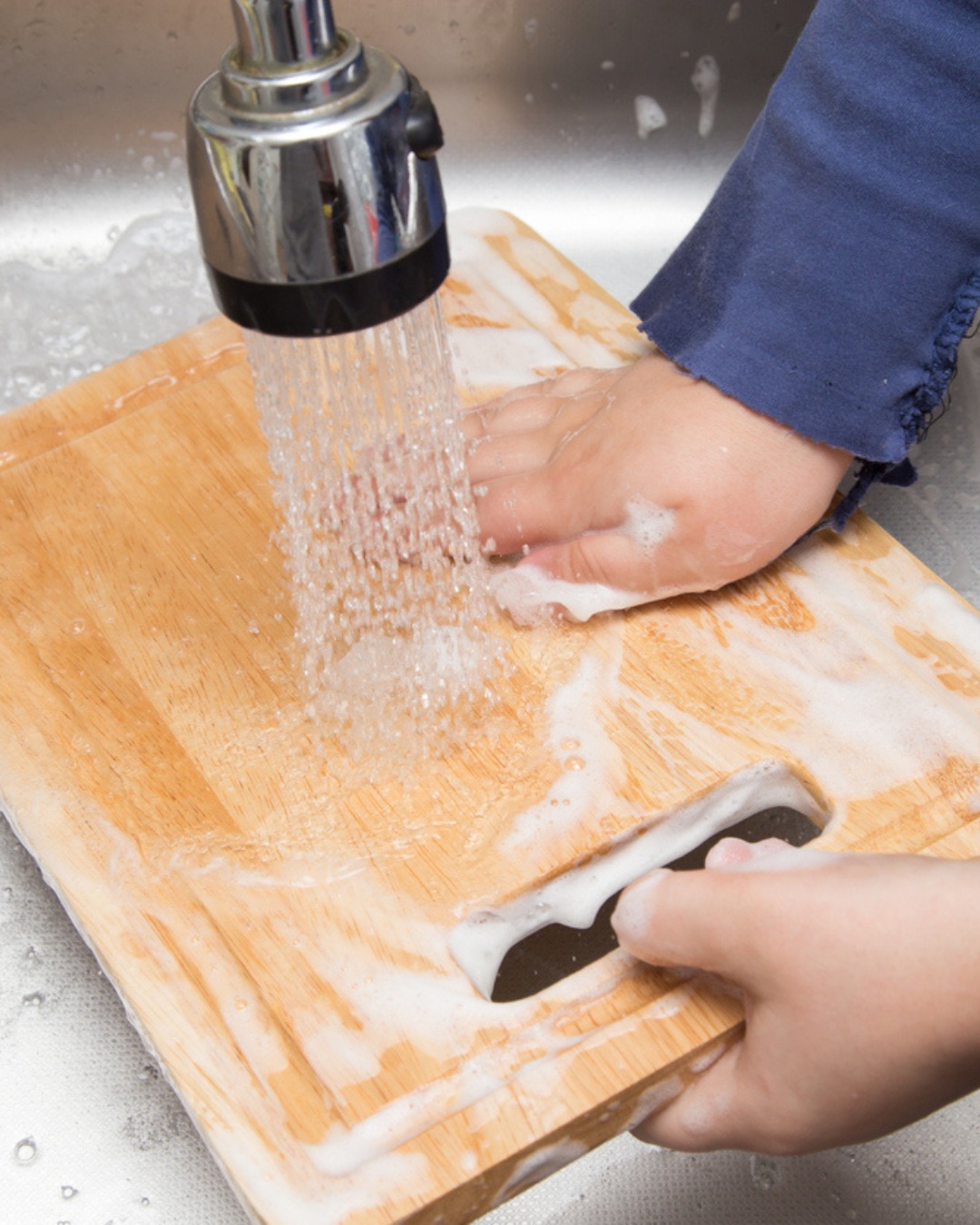Although they are the most used, wooden cutting boards are actually not the most suitable for use in the kitchen: it is no coincidence that it is not legal to use them in restaurant kitchens, because they have a high absorption capacity. The porosity of the wood, in fact, means that the wooden cutting board is able to accumulate residues and thus become “prey” to bacteria and germs, as well as bad smells. Another reason why they are prohibited is the issue of splinters: very old cutting boards, in fact, can release micro splinters of wood that are best avoided. For this reason, it is better not to use very old cutting boards and to clean them regularly: furthermore, it is good to make sure that they dry, to avoid problems with mold.
For ordinary cleaning you can simply soak it in water and dish soap, remembering to rinse it well and dry it: many prefer not to use dish soap because even in this case the cutting board is able to absorb a small amount. To clean the wooden cutting board more thoroughly, the best natural product is vinegar, which eliminates bad odors and residues: however, avoid rubbing it with too aggressive sponges that could create abrasions. Finally, for a more “aggressive” cleaning, you can use coarse salt to rub. You can also use a few drops of lemon juice to eliminate the most stubborn odors.
2. How to clean plastic cutting boards

Generally made of polyethylene, plastic cutting boards absorb much less residue than wooden cutting boards and, as a result, are considered more hygienic, although definitely less attractive than wooden ones. On the other hand, they are easier to clean, which you can do simply with dish soap: in this case the cutting board will not absorb it. You can also use vinegar, of course, or lemon to absorb any odors. Dishwasher temperatures are perfect for sanitizing plastic cutting boards: however, we do not recommend washing them in the dishwasher too often, because they risk deforming. Even plastic cutting boards, however, should be changed regularly, also because they are subject to deformation.
3. How to clean a Teflon cutting board

ADVERTISEMENT
